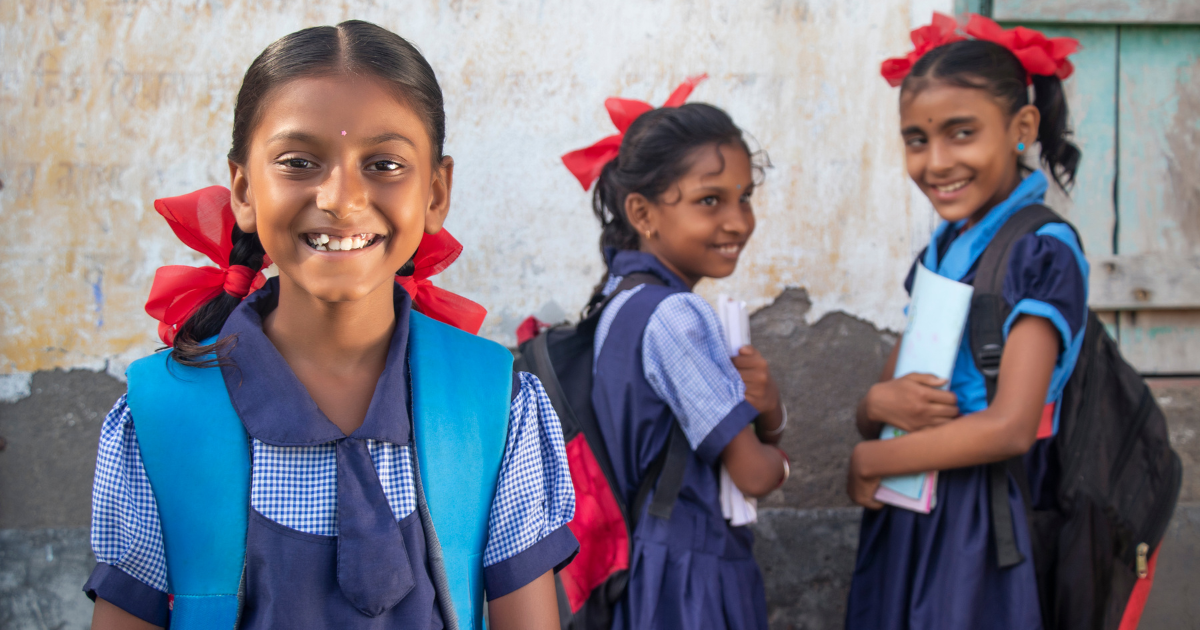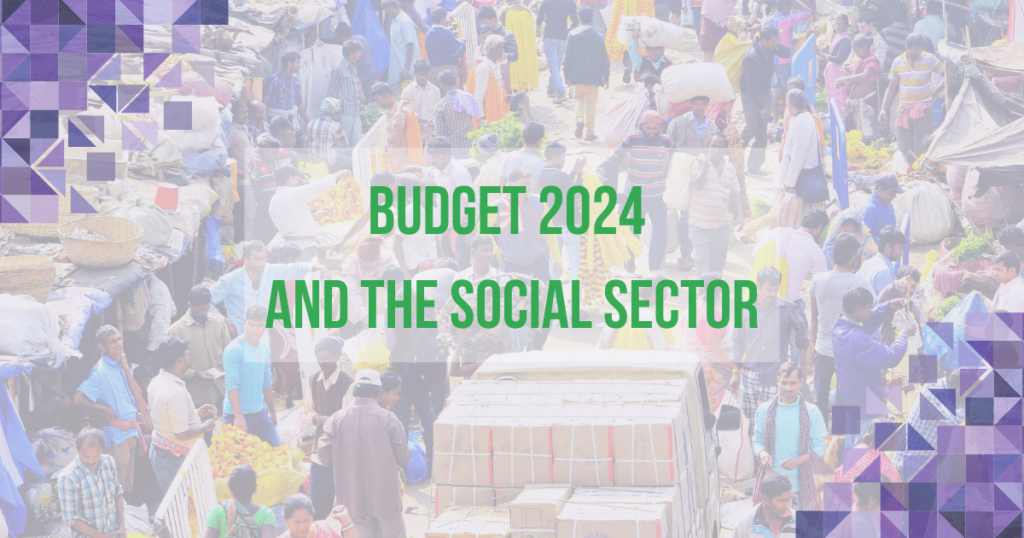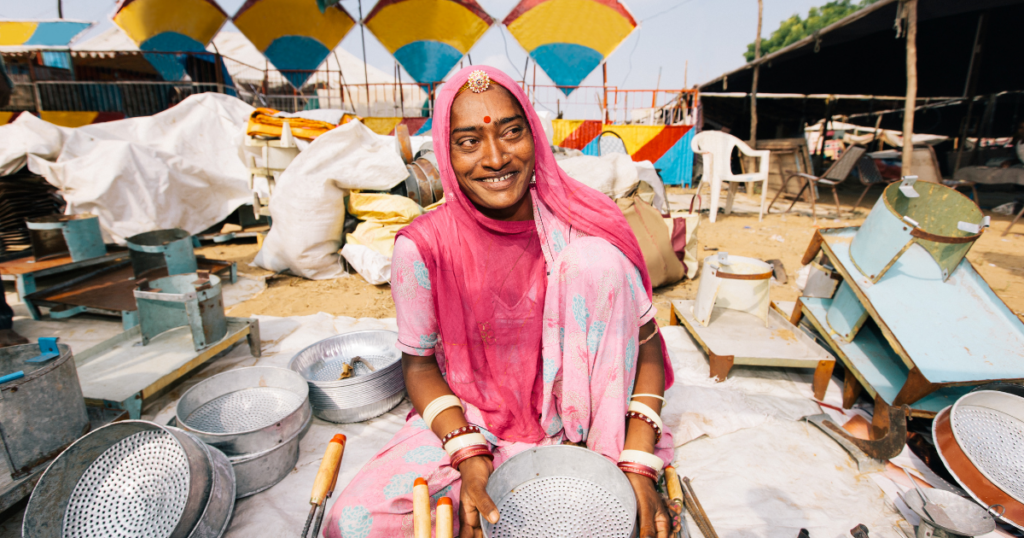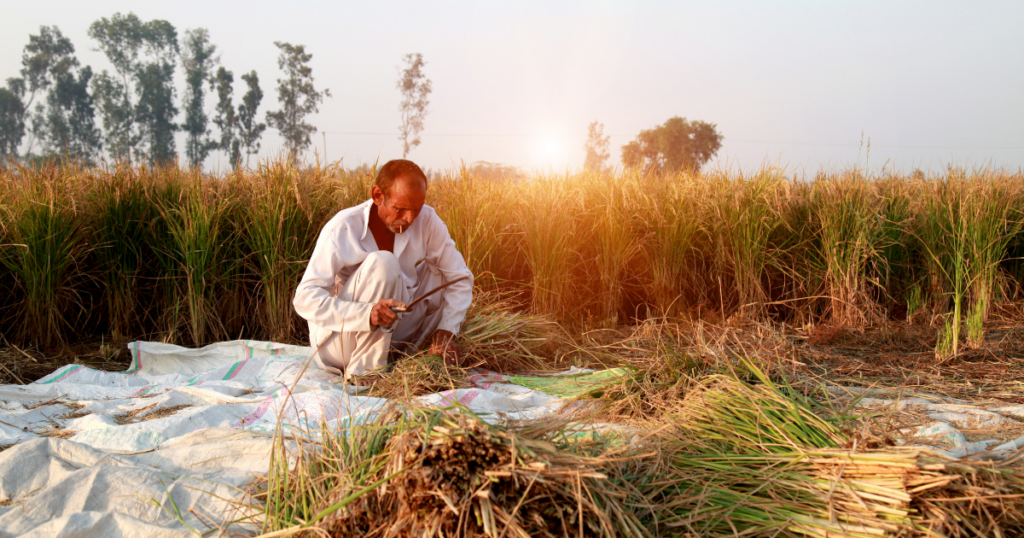STEM, an acronym for Science, Technology, Engineering, and Mathematics, embodies a approach to education and careers essential in today’s interconnected world. Coined by Dr Judith Ramaley in 2001, it emphasises critical thinking and problem-solving applied to real-world situations. While defining STEM at the school level remains challenging, it generally includes natural, physical, and life sciences, technology-related disciplines, engineering, and mathematics.
STEM skills are crucial for problem-solving, innovation, and societal advancement. UNESCO defines STEM competence as applying STEM knowledge, skills, and attitudes appropriately to real-world problems. Key competencies include critical thinking, problem-solving, scientific investigation, computational thinking, design thinking, creativity, innovation, collaboration, and communication.
Achieving gender parity in STEM education is about equitable representation and creating a diverse and inclusive workforce for innovation and societal progress. With 80% of future jobs expected to require STEM skills, India, with 31.7% of global STEM graduates, is a significant player in the STEM job market. As per McKinsey report (Digital India 2019), the digital economy in India will potentially create 60-65 million jobs in India’s digital sectors by 2025, necessitating a strong focus on STEM education. However, gender disparity in STEM fields persists, with female enrollment significantly lower in science than in arts-related disciplines. Bridging this gap is crucial for labour market dynamics and ensuring inclusive and universally beneficial technological solutions by encouraging women’s participation in STEM.
Encouraging trends in girls’ STEM education have been observed, with significant year-on-year increases in female enrollment in STEM undergraduate courses. Female enrollment in STEM higher education now stands at 43%. This trend indicates increasing awareness of the importance of STEM courses among girls opting for higher education in India. The government’s policy reforms under the National Education Policy (NEP) 2020 and the Central and state governments’ several affirmative actions are steps in the right direction to help increase the uptake of science streams among school students.
Despite these, the percentage of girls graduating from science disciplines from higher secondary grades in schools is just 37% in India. However, in states like West Bengal (11%), Punjab (16%), Haryana (13%), Gujarat (16%), Jharkhand (15%), Rajasthan (19%), and Odisha (22%) percentage of girls graduating from science and maths disciplines in higher secondary grades is much lower than the national average. Several socio-economic, regional, cultural, and individual factors contribute to girls’ low STEM uptake in these states.
Challenges impeding the uptake of STEM education can be categorised as genderagnostic, gender-accentuated and gender-specific challenges. Gender-agnostic challenges include inaccessibility of resources, classroom inefficiency, and poor foundational skills, which affect students regardless of their gender. Gender-accentuated challenges – such as the prohibitive cost of STEM education as compared to other streams, access and mobility issues, and lack of career guidance – originate from financial, geographical, and societal barriers and affect girls disproportionately. Gender-specific challenges unfold in the form of societal norms and institutional biases, presenting unique hurdles for girls and impacting their representation in STEM fields.
The report delves into the complex landscape of interventions attempting to resolve these challenges and address the gender gap in STEM. Solutions to gender-agnostic challenges promote STEM mindsets in girls and boys through tinkering, hands-on experiences, and exposure visits by enhancing teacher capacity and access to infrastructure. Initiatives like Atal Tinkering Labs, Tech Mahindra’s establishment of STEM labs, and the availability of digital platforms such as DIKSHA exemplify this approach, which improves learning outcomes for both boys and girls. Solutions addressing gender-accentuated challenges aim to improve girls’ access to financial resources, provide unbiased career guidance and foster community-driven access to STEM subjects for girls. Scholarships like CBSE-UDAAN career mentorship programmes offered by Lend A Hand India, Avanti Fellows and NavGurukul, are pivotal in bridging the gender gap, offering girls the financial resources and encouragement needed to pursue STEM education. Solutions addressing gender-specific challenges emphasise community engagement, exposure to role models, building agency in girls to gender biases, and combating teacher bias. Initiatives like Naandi foundation’s Nanhi Kali project, Ganit Kalika project by Akshara Foundation and Milaan Foundation’s Girl icon projects are doing commendable work in shifting community mindsets towards girls’ STEM education and career choices.
While individual initiatives have shown promise, the scale and complexity of challenges in a country like India demand collaborative efforts. The study proposes an ecosystem-centric approach to extend the reach of these solutions and amplify their impact. This approach requires building a public infrastructure that not only reduces transaction costs, but also focuses on creating gender-intentional solutions. Such a framework leverages the collective strength of various stakeholders, from government schemes to non-profit initiatives and private sector innovation, to ensure a coordinated and impactful response to the gender gap in STEM education. The study takes a 360-degree view by incorporating the voices of over 800 individuals including 40+ expert interviews, 740+ quantitative surveys with girls from grade 9 to 12, eight FGDs with 65 girls, 10 interviews with teachers and industry players and a co-creation workshop with 25+ sectoral experts.
As a way forward, the report proposes four key ecosystem-wide solutions to accelerate action:
- Building an open network ecosystem for scholarships and financial support: Lack of awareness and access to financial resources like scholarships deters girls’ future aspirations to study STEM subjects. Hence, an open network ecosystem that can support a gender-specific platform for delivering low-cost loans and scholarships is recommended. It will enable all key stakeholders, like girls, scholarship providers, and validating organisations, to come together to generate a seamless distribution of even small scholarships by reducing the cost of transactions.
- Building a digital public infrastructure (DPI) for career guidance and mentorship: Lack of awareness of probable STEM careers challenges girls while choosing disciplines in higher secondary grades. An open infrastructure that enables a wide range of stakeholders to enrich content and enable discovery will help students identify local career opportunities and connecting remote/rural region students with mentors and professionals in the STEM field will allow sharing and integrating hyperlocal career opportunities and awareness for girls.
- Constructive action with the community on shifting gender norms on STEM: Research indicates that current community programmes targeting gender norm shifts typically rely on awareness campaigns or limited-scale interventions within specific communities. It is recommended to orchestrate a participatory community movement involving local bodies, empowering girls to showcase their analytical skills and fostering parental belief in girls’ STEM capabilities.
- Leverage assessments to enable state action in STEM skills for girls: Several state governments have shown intent towards building life skills among students. However, data-backed evidence must be created to enable these governments to make informed decisions on creating gender-backed curricula for life skills. A large-scale life skills assessment exercise could address this shortcoming.
These ecosystem-wide solutions, informed by the experiences of initiatives across the country, provide a roadmap for coordinated action to ensure that every girl can engage with and excel in STEM education.
Authors: Rathish Balakrishnan, Anantha Narayan, Arjun Bahadur, Shweta Gaur, Anubha Sah, Deepanshu Kansal and Siddharth Rout




